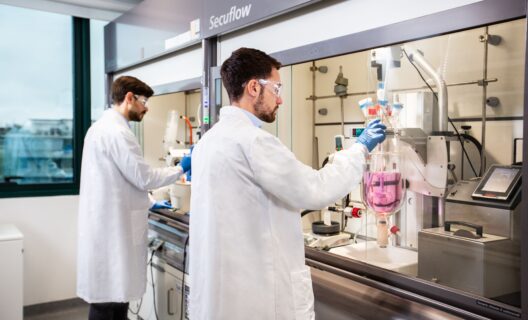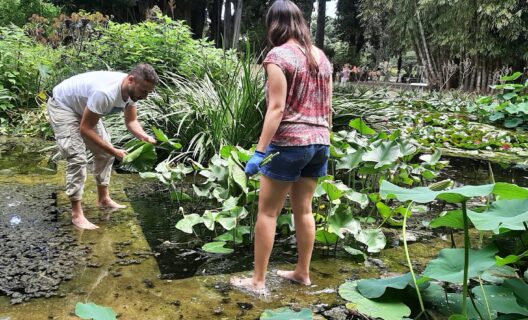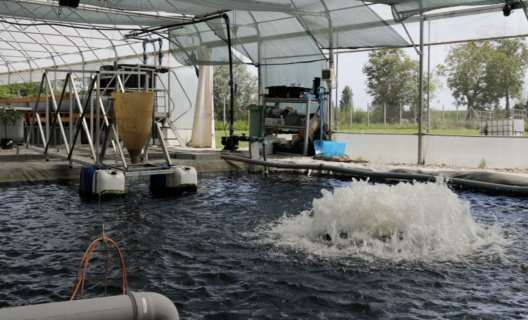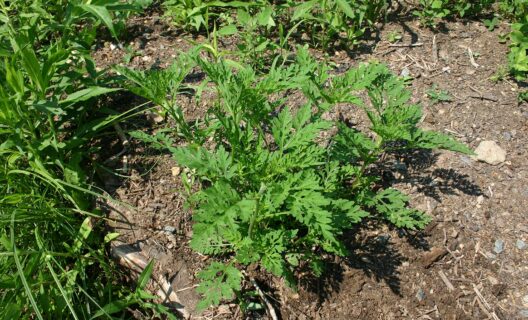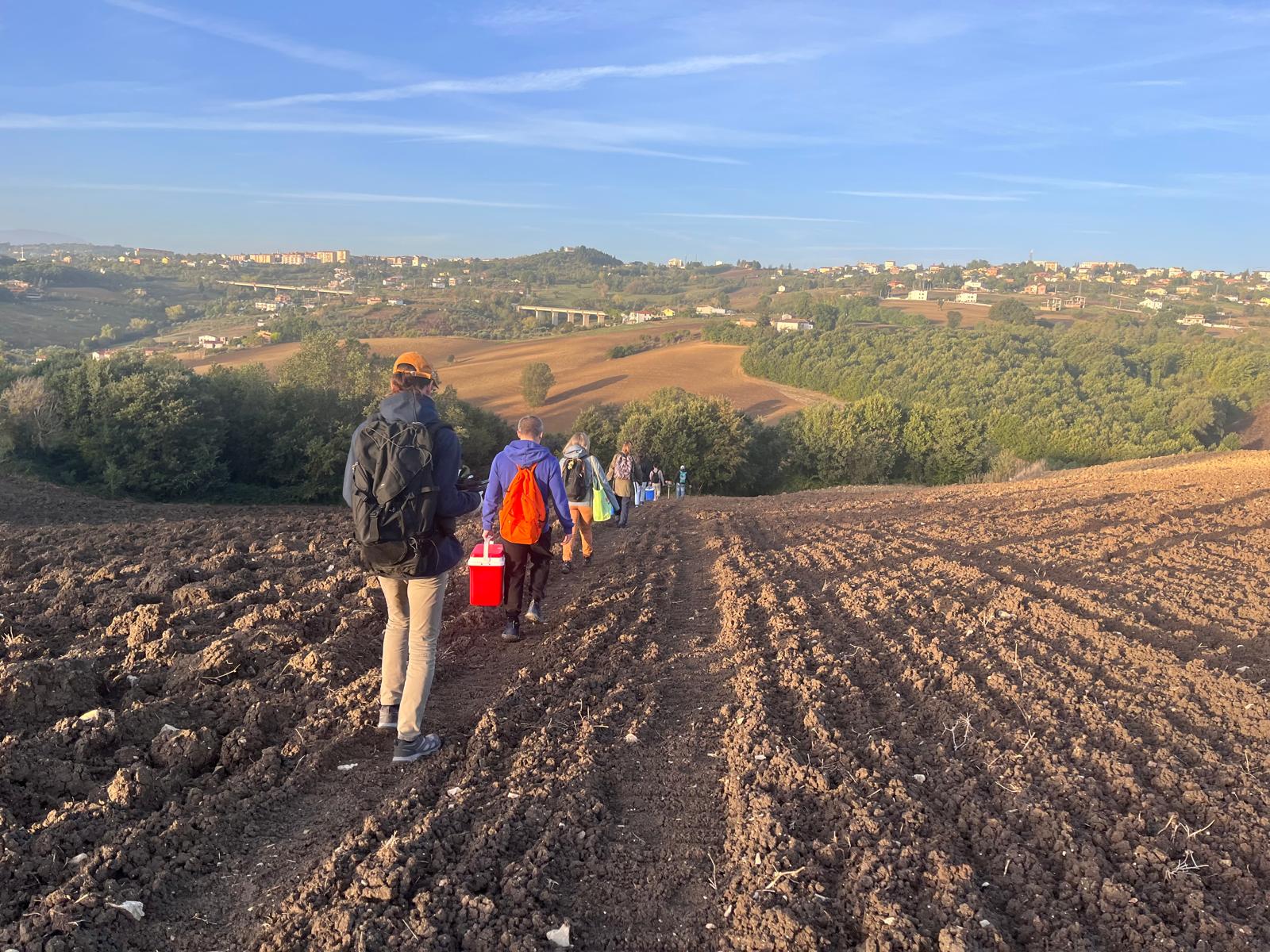

Reading time
0 min
Bioinformatics and botany united for greener cities
There is a hidden world pulsing beneath the asphalt of our cities, an underground realm crucial to our quality of life. An interview with Gabriella Sferra, a bioinformatics expert in botany at the University of Molise, reveals the vital importance of the biodiversity associated with urban tree roots, which are essential for healthier, more resilient cities capable of meeting environmental challenges.

""
Professor Sferra, what is your research about?
“I am a bioinformatician and work in the field of botany. Within NBFC, my activities involve the he research on biodiversity associated with tree roots in urban environments. Biodiversity is crucial to have sustainable, healthy and resilient cities, and it is part of the criteria for the design and implementation of space urban spaces.”
""
Trees, guardians of biodiversity
Why is it so important to study tree root-related biodiversity in the city?
“Because trees in the city work, literally. They work as filters that can reduce air pollution and improve air quality, they mitigate effects due to concrete, such as heat islands, and they help prevent flooding. And then they dunction as habitats for other species, and a city rich in biodiversity is a city that functions better, healthier, and better able to deal with environmental challenges.”
""
What concrete benefits do healthy trees bring to an urban setting?
“They exert ameliorative functions ranging from purely aesthetic aspects to aspects related to, for example, the mitigation of climate change orlowering of road temperatures. The plants that are well they are good for the city from both a practical and economic point of view: they provide services (which also have economic value), do not pose a risk (e.g., of collapsing or uplifting sidewalks or
of pipe bursting) and will be fruitful investments that are not lost over time and do not need to
“maintenance.” Understanding which species are suitable for growing in different urban environments is essential to f ar ensure that these functions are effective. The idea, therefore, is to establish guidelines and indicators that are useful both for the selection than for the monitoring and management of tree plants present or to be included in our cities. Finally, our research strategies also provide information on the characteristics of roots in urban environment and their interactions with abiotic factors, i.e., associated with, for example, the succession of seasons or to both chemical and physical characteristics of the soil, and biotic, that is, related to cohabitation with other organisms.”
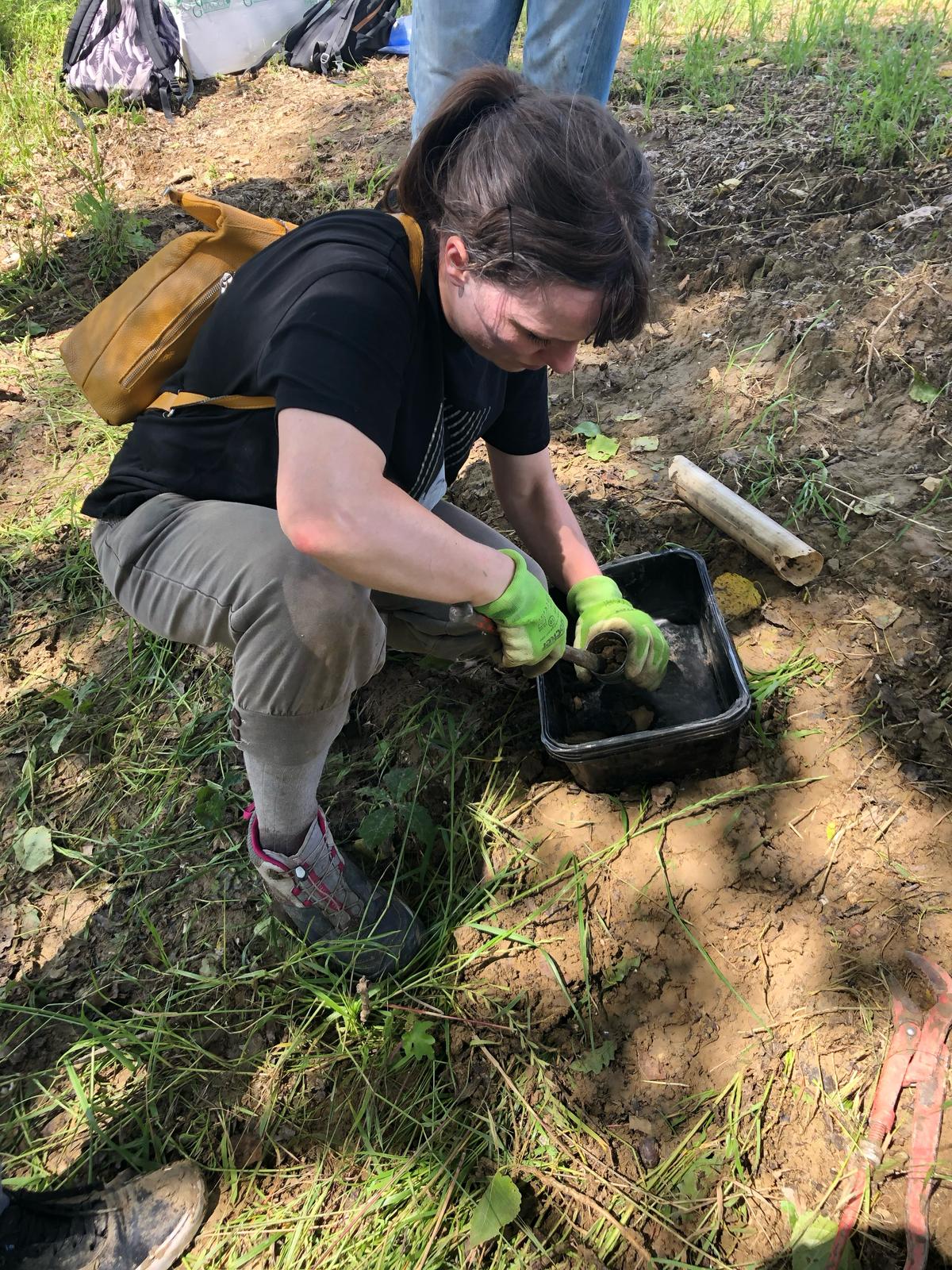
""
Three contexts for understanding green
Where do you conduct your research and what plants do you study?
“We chose three areas in Campobasso, Molise, with different levels of urbanization: a natural forest (Bosco Fajete), an agricultural area (San Giovanni) and a small forest surrounded by houses (Villino Correra). Here
We study and monitor over time the roots of Quercus cerris (turkeyoak), a very common plant throughout the Mediterranean basin, particularly common in Italy and very resilient and resistant to change climate. Throughout the Molise region and in Campobasso, in particular, it is also very present in gardens that are very
small ones.”
""
What techniques do you use to study roots in the urban underground?
“For this experiment, we cored soil over an 18-month period. In other words, we extract cores (i.e., cylinders of soil) and analyze the roots present, the community of microorganisms and the chemical and physical characteristics of the soil.”
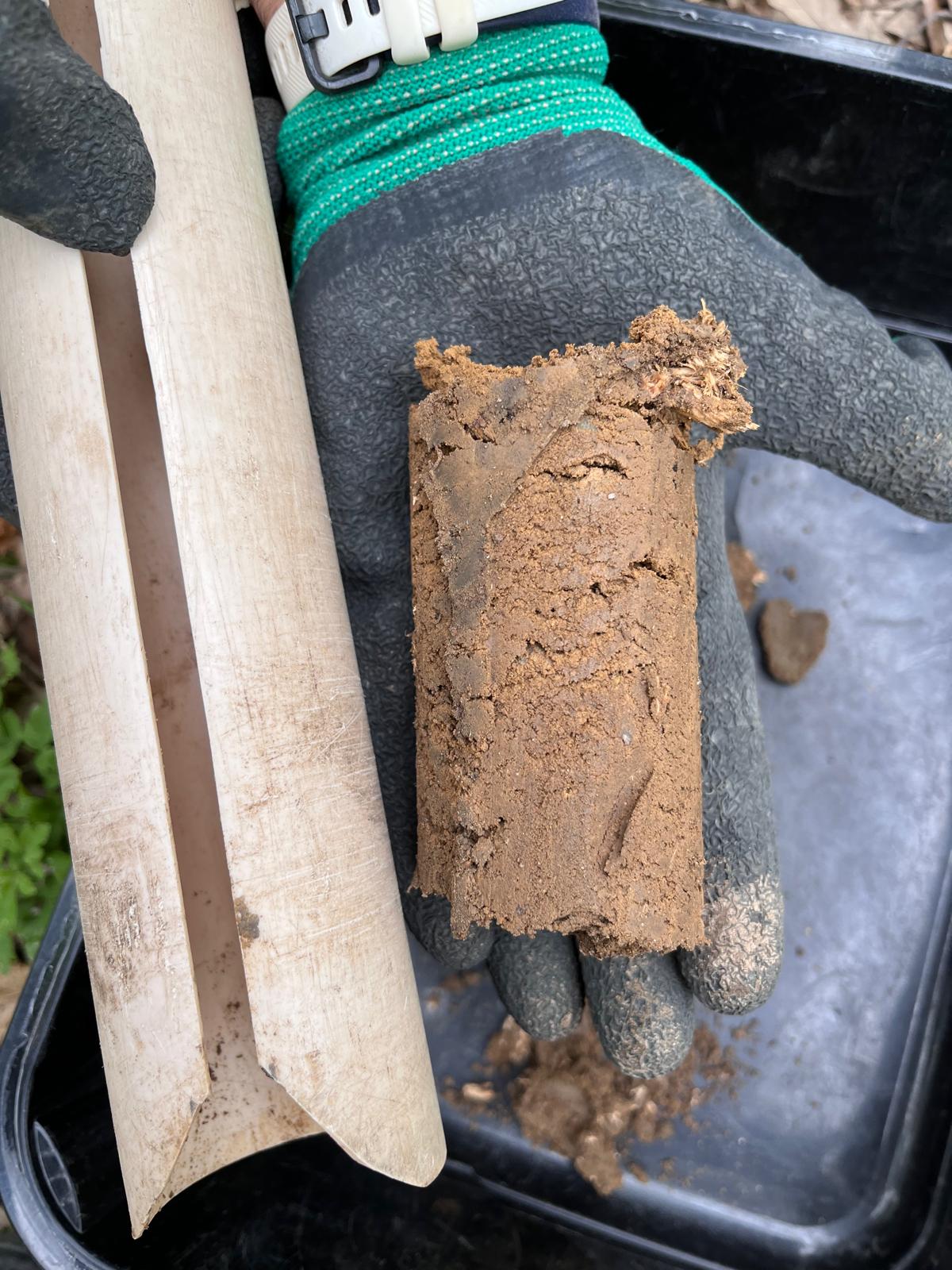
""
The underworld: what the roots tell us
What are you able to discover through these root studies?
“We get really meaningful data: we derive growth dynamics and root changes over time and as a function of different environmental factors, as well as information on interactions with microbial communities that ‘talk’ with roots as a function of the ‘soil context’ in which they are found. We are thus able to understand what is the impact of a site on the same species. In other words, we are able to measure how well the roots-and thus the plants-are doing by correlating this information with all the characteristics of the site, and derive indicators and references useful for monitoring their health. For example, we have noticed that in some urban soils there is a lot of construction debris, and we are able to correlate this with the health of the roots. We also study how roots react to stress and disease, looking for early signs that tell us if a plant is about to get sick.”
""
You have also created an open-air laboratory in Campobasso. What is it all about?
“In Campobasso, we have set up an experimental urban forest facility to have a multidisciplinary “open-air laboratory” to study long-term biodiversity. Here there are systems for detecting environmental parameters and different types of instruments and structures for studying insects, animals, plants and microorganisms such as animal hair traps, insect traps, root windows and minirizotrons. We have planted several species of trees in this space and are monitoring over time how they grow, which animals and insects frequent them, and how they interact with the environment. This allows us to study urban biodiversity in a controlled environment and figure out the best way to create and manage green spaces over time in specific settings.”
""
Bioinformatics: from research to model building
How does bioinformatics fit into your work?
“Bioinformatics, in general, is a discipline of using specialized computer systems to analyze biological data. We decline it in various ways, mostly related to creating models that are able to mimic a little bit to explain what we see in the field with experiments. In practice, we use computers to analyze the vast amount of data we collect on roots, microorganisms and soil. This helps us find ‘regularities’ and create models that allow us to explain what we observe and predict how plants will react to different situations.”
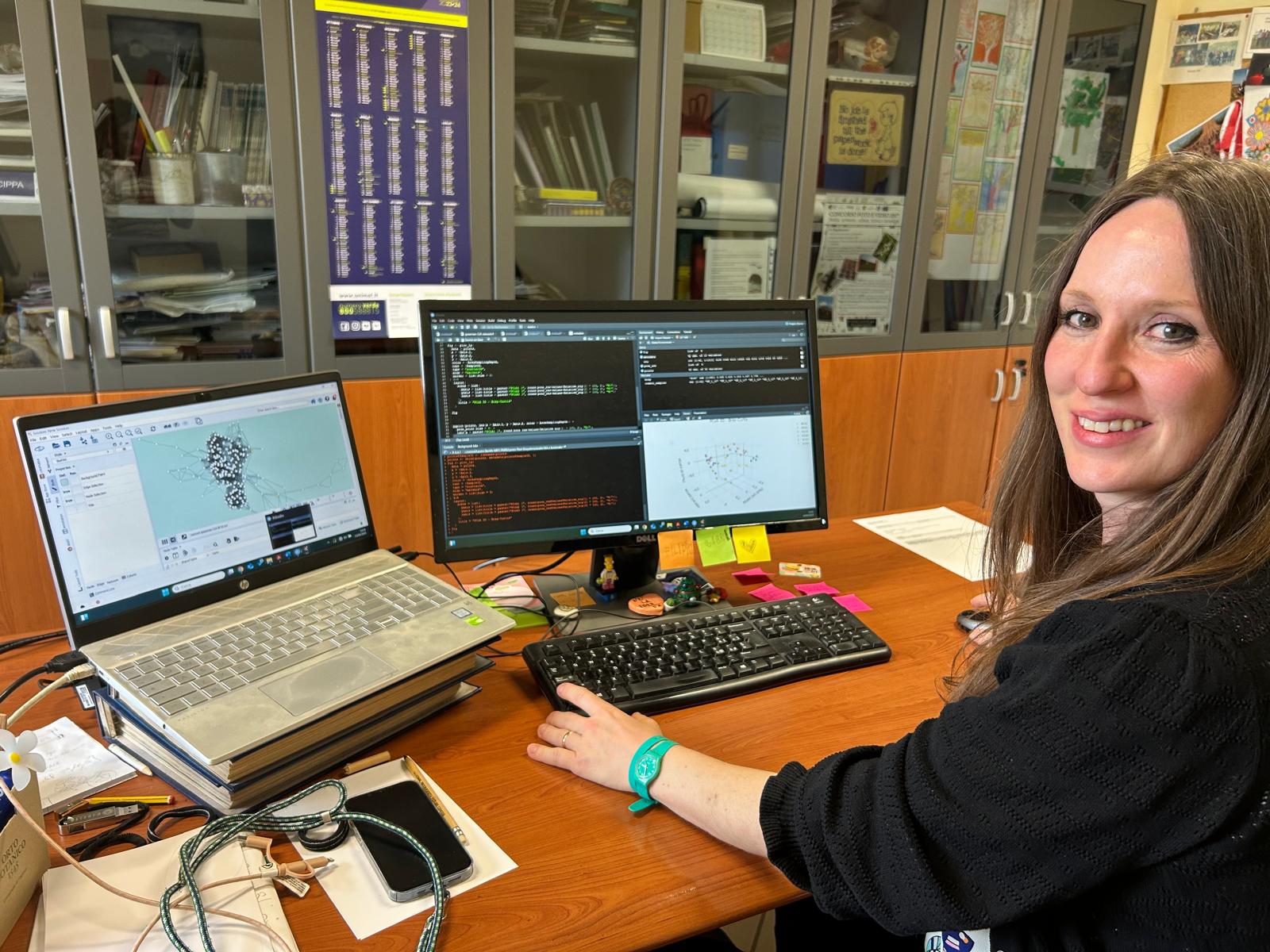
""
Is the information you get meaningful for urban green management?
“Certainly! We aim to define guidelines and indicators that are useful both for the selection and for the monitoring and management of tree plants present or to be included in our cities. The monitoring tools we are developing become predictive with respect to the health status of the plant, allowing us to understand over time how it is doing and whether any kind of intervention is needed. We are able to tell which tree species are best suited to a given urban environment, how to monitor their health without having to dig, and what interventions are needed to keep them in good condition.”
""
Plants tailored to new needs (including climate)
Who could benefit from this knowledge?
“There can be a lot of interested entities, but also private individuals, such as the whole nursery sector related to forest management in urban environments. We have open partnerships with nursery managers who continually ask us for this set of information because basically we are moving toward generating so-called customized plants, that is, plants that are as suitable as possible for a certain type of context. For example, a planting bed must have a certain type of plant; a tree that is in a historic garden must have a different type of feature. Our research can help write guidelines for urban green management, forestation and reforestation, making everything more efficient, rational and sustainable.”
""
How does your work relate to the issue of climate change?
“These studies are closely related to climate change because climate change especially in urban environments results in increased stresses to which all organisms are subjected, including plants. Our datasets will be able to give a number of very useful insights. Understanding which plants are most resilient to environmental stresses, such as drought or high temperatures, is critical to creating cities that are more resistant and resilient to climate change. In addition, trees themselves are an important weapon against climate change precisely because they absorb carbon dioxide.”
Protagonists of the interview
Gabriella
Sferra
- Bioinformatica esperta di botanica dell’Università del Molise
- Università del Molise
- gabriella.sferra@unimol.it Copia indirizzo email
Listen to other voices
Discover other voices and new perspectives: biodiversity told by those who study it, protect it and make it known



